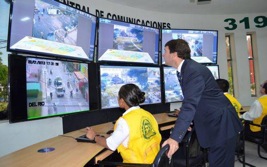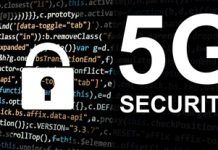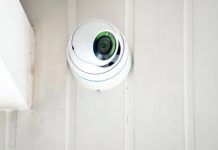Avigilon, a leader in high-definition (HD) and megapixel video surveillance solutions, recently launched its first manifesto, championing the use of responsible surveillance in the CCTV industry. The paper examines the issues facing the sector, with guidance on deploying surveillance systems that are fit for purpose and support privacy for the wider public when it comes to image capture, storage and use. In the UK there is an estimated network of 1.85M CCTV cameras, the vast majority of which are run by private companies. The research from the Association of Chief Police Officers highlights that many of these cameras are inside premises rather than facing streets with a relatively small proportion run by public authorities.
This is set against a backdrop of the increased use of surveillance in criminal investigations and prosecutions, and as a tool to prevent crime. According to recent research by Avigilon and YouGov, 72 percent of the public would feel more secure if standard CCTV systems on Britain’s streets were replaced with HD CCTV, with 41 percent attributing the feeling of safety to the fact security forces can use the footage if anything were to happen. Although the government is currently looking to gradually regulate the industry, Avigilon believes there is now more than ever a need to drive professionalism and standards, ensuring a proportionate use of CCTV for specific purposes.
Avigilon’s Six Point Plan for Responsible Surveillance:
- Clearly establish the reason for the surveillance system, what an organization needs to be able to see and why.
- Design a system that meets this need, taking into account the wider public and an individual’s right to privacy and decency.
- Ensure transparency and accountability with the public over the use of the surveillance system.
- Recommend the best way for image data to be recorded and stored based on the purpose of the system.
- Generate a policy on how the system will be managed and the data stored, ensuring responsibility and accountability to comply with any regulations and prevent unauthorized access.
- Where deployed correctly, images should be used to assist with public safety, law enforcement and delivering high quality images of evidential value.








